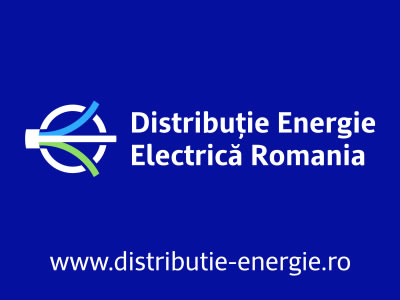Crosspoint: Winter sports tourism, an opportunity for growth on Romania’s real estate market

2023 was the best year for the winter tourism industry in Romania, surpassing the level recorded in the pre-pandemic period, according to the “Ski report 2023-2024” study launched by Crosspoint Real Estate, one of the leading local real estate service providers in Romania.
The European ski resorts landscape is historically dominated by the Alps, with France, Switzerland, Italy, Austria and Germany holding the supremacy over other countries on our continent, with over 26,000 km of ski trails. This context leaves little room for other locations in Europe to stand out.
However, Romania has great potential to develop beyond its current capacity and become an accessible alternative for tourists and profitable for investors. Lower costs, an increasing desire for diversity among tourists and Romania’s cultural and geographical uniqueness are just some of the assets with which our country can attract significant investments in the coming years.
In contrast to the Alpine locations, where the price per square meter for high-end mountain resort units ranges from 8,000 Euros in Austria to nearly 28,000 Euros in France, Romania offers a more affordable option. Prices in Romania begin at 3,500-4,000 Euros per square meter and peak at 7,500 Euros per square meter for ultra-prime properties. Moreover, luxury cottages in Romania generate a weekly income exceeding 4,000 Euros. Additionally, Romania’s mountain resorts cater to year-round activities, making property investment profitable throughout the year, not solely dependent on winter sports.
The counties with the largest ski areas (with more than 10 km of part) exceeded the levels recorded in 2019 in terms of winter season overnight stays. Moreover, in the last decade, mountain resorts in counties such as Alba, Harghita and Maramureș have seen a doubling in overnight stays. In recent years, the hospitality industry in Romanian mountain resorts has seen a notable increase in development, largely driven by the growing diversity of accommodation facilities available. The development of the luxury segment, the emergence of modern chalets, together with an increasing range of accommodation facilities, has played a key role in shaping this trend.
“Romania’s steady economic growth in recent years, the increasing number of high-income earners and the growing interest of international investors have led to the emergence of the high-end segment of the residential and hotel market. Although limited at the moment, the supply of high-end properties in Romania’s mountain resorts matches the quality standards found in Western European countries, offers investors competitive returns and has significant potential for future development.”, says Ilinca Timofte, Head of Research, Crosspoint Real Estate.
Moreover, like the rest of the country, the majority of tourism in Romania is domestic, making the market less vulnerable to sudden changes and better equipped to recover from setbacks. For instance, Romania’s tourism sector experienced a swifter post-pandemic recovery compared to countries heavily reliant on international tourism.
“Romania’s geographical location offers yet another advantage. While global warming poses a significant threat to the winter tourism sector worldwide, Romania is relatively sheltered from significant impacts due to climate change. Current climate models predict a decrease in Romania’s average annual temperature over the next 25 years, projected to range between -1.3°C and -4.1°C.”, adds Timofte.















